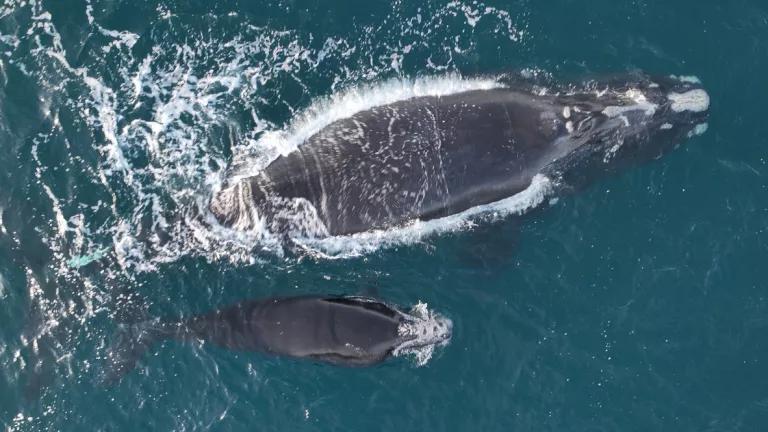
Recently, the IUCN (International Union for the Conservation of Nature) added the North American population of monarch butterflies to their “Red list” of species threatened with extinction. While this decision does not confer any protections or benefits to monarch butterflies, it adds international concern and attention to the fact that monarch butterflies—which make an awe-inspiring multi-generational migration from Mexico to Canada and back each year—have been drastically declining over the last couple of decades.
Once bountiful in North America, monarch butterflies have been disappearing due to a combination of factors. Foremost has been a loss of habitat due to the adoption of genetically modified crops that allow for the broadscale use of glyphosate products like RoundUp and Enlist Duo, which eliminate milkweed (the butterfly caterpillar’s sole source of food) from the monarch’s central migration pathway across the agricultural Midwest. Also important is the rise of insecticides, like neonicotinoids (A.K.A. “neonics”), that poison entire landscapes, including the monarch’s shrinking milkweed habitat.
Climate change plays a role too, as major weather events such as drought and wildfires extreme freezing events threaten their breeding grounds and overwintering habitat in Mexico. And new research this year also adds light pollution and an increase in parasites to the long list of hazards.
The recent news hasn’t all been bad, though. The western population of monarchs that largely reside in California saw an unusual 100-fold increase this year—just one year after the lowest population count on record. That is the hopeful aspect about monarchs – they are capable of rapid population growth given the right circumstances. In fact, some scientists argue that while the overwintering population of the eastern monarchs has declined, their summer numbers across the US appear relatively strong. However, since the overwintering population is critical to the sustained existence of monarchs across North America, those numbers remain too low for comfort. This year, that population measured 2.84 hectares—well below the 6 hectares that scientists say is required to ensure their survival.

Monarch butterfly population estimates
The IUCN’s recent decision highlights longstanding inaction by the U.S. government. While the U.S. Fish and Wildlife Service determined in 2020 that monarch butterflies meet the criteria of a threatened species under the Endangered Species Act, the agency declined to list monarchs as such or provide any protections while the agency focuses on other priority species. The agency will revisit the issue and make a decision by September 2024, but given monarch’s persistently low overwintering numbers, the agency must move swiftly to protect them.
What monarch butterflies need is more habitat in key areas along their migratory path and a decrease in agricultural pesticides such as glyphosate and neonics which dominate our agricultural system. A lot of progress has been made in planting milkweed and other nectar sources along highways, rights of ways and backyards and gardens. But pesticide use continues almost unabated.
We need to move towards a more sustainable model of regenerative agriculture that works with nature instead of against it; that employs a diverse approach to pest management, rather than continuing on the destructive pesticide treadmill. A system like that would serve all of us better—from farmers to consumers to pollinators. And as the monarch butterflies have shown us, if we can create the right conditions, their numbers will fly back up.




